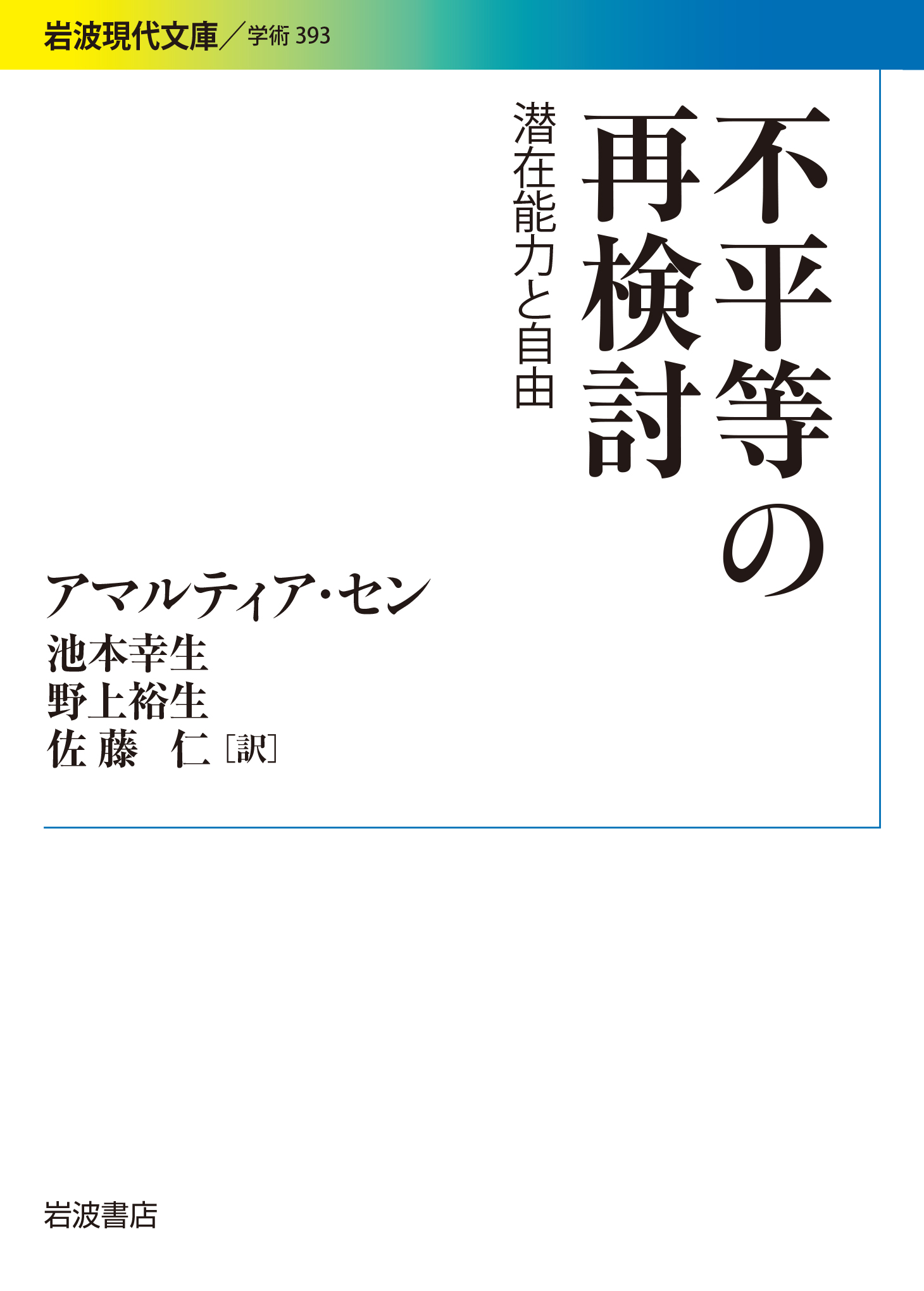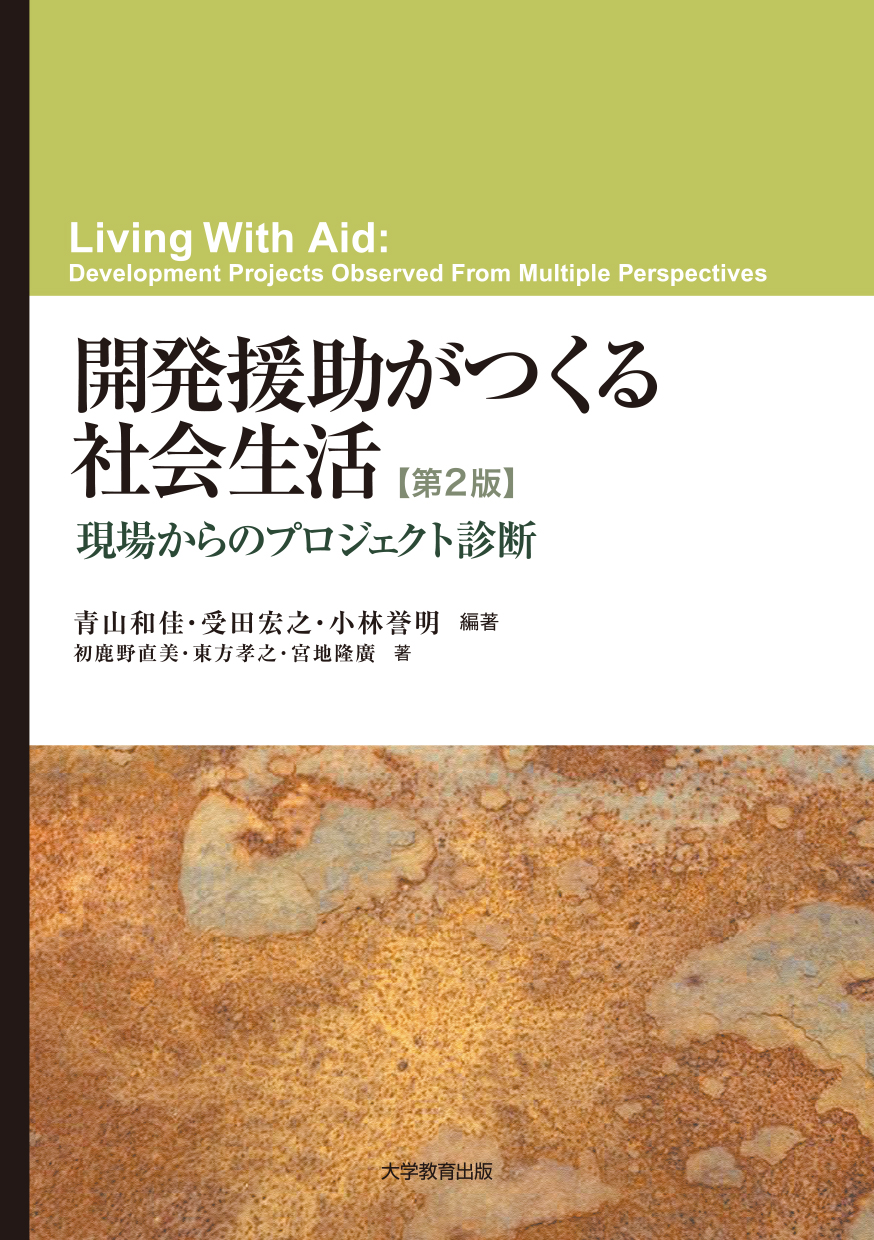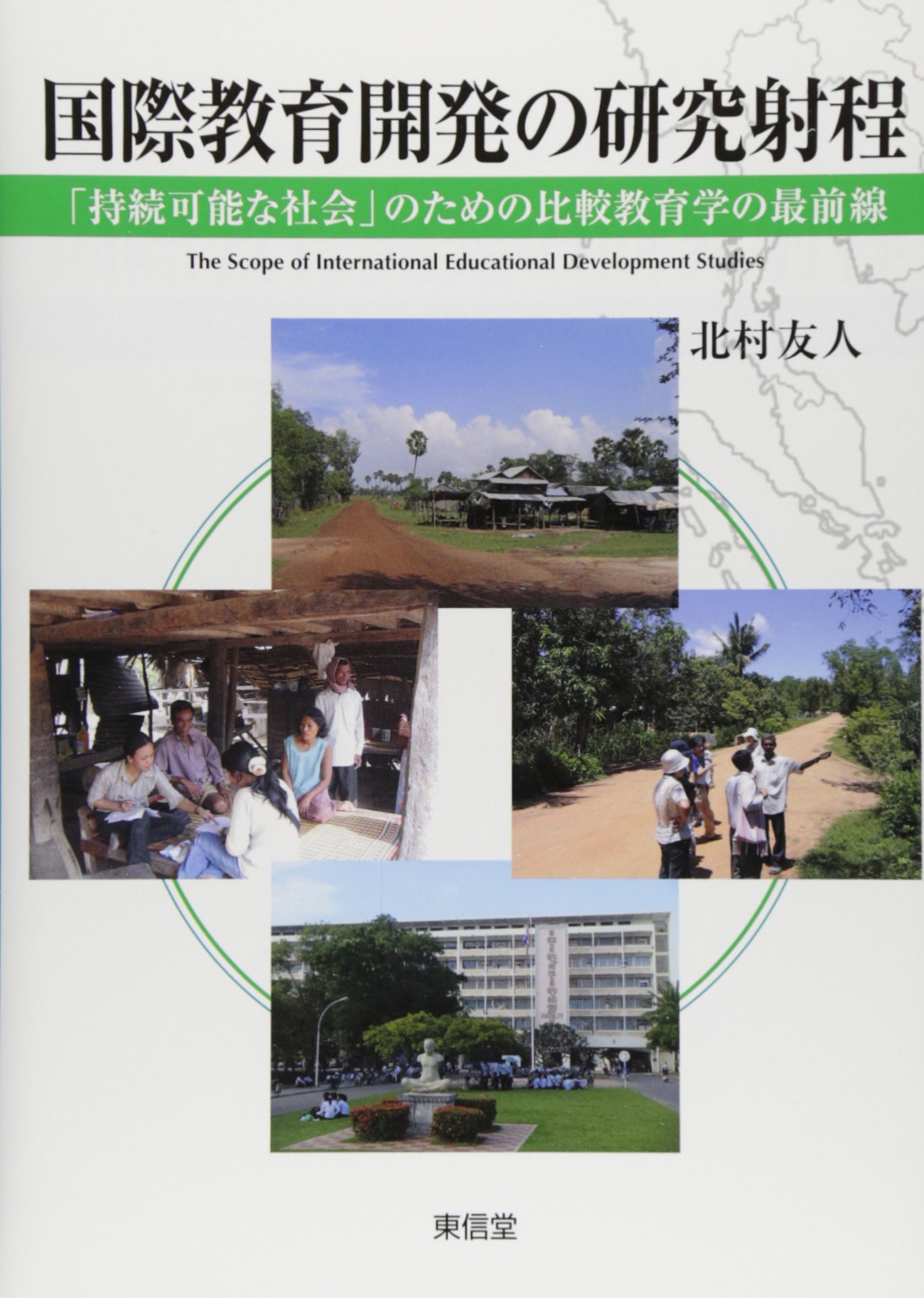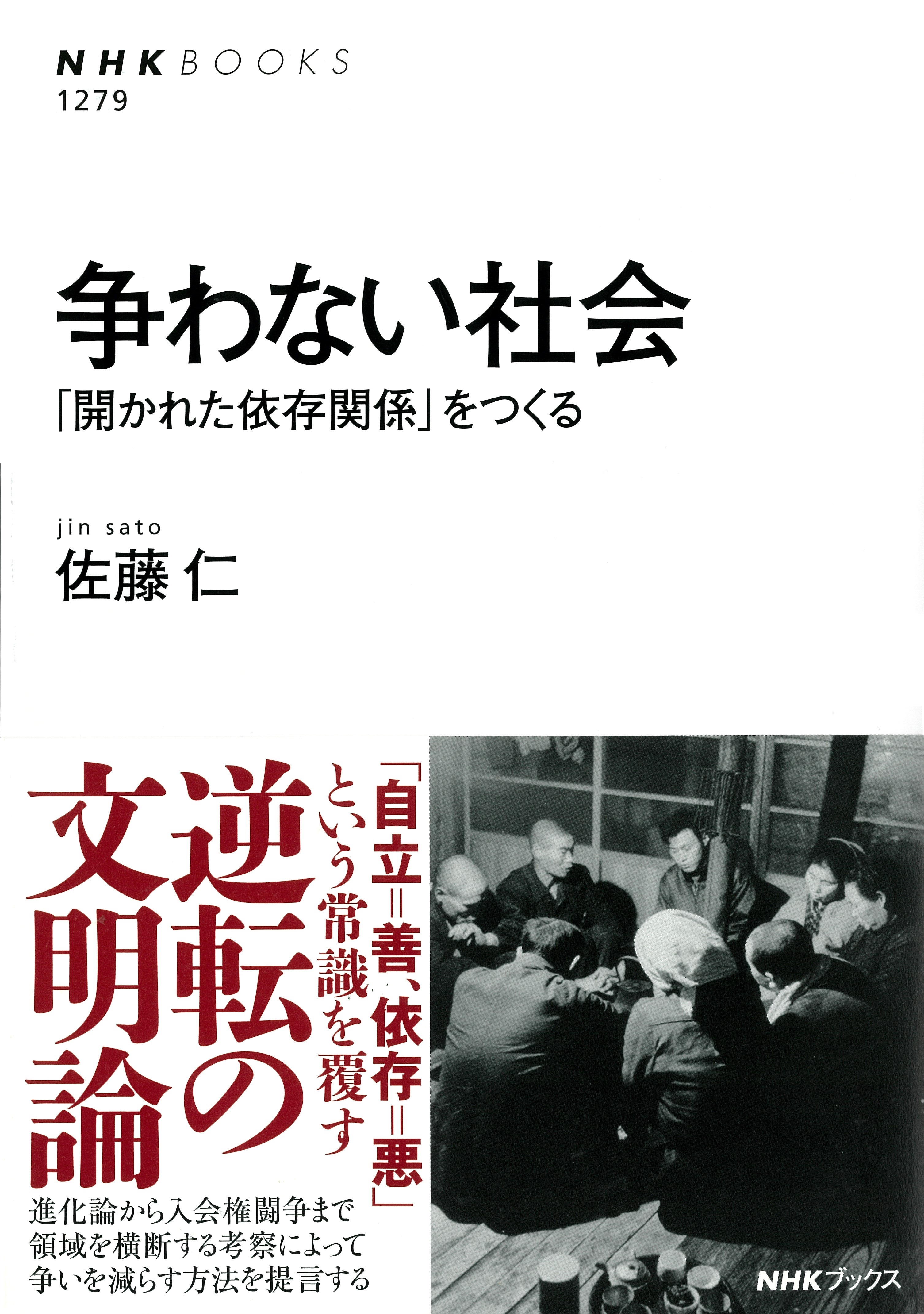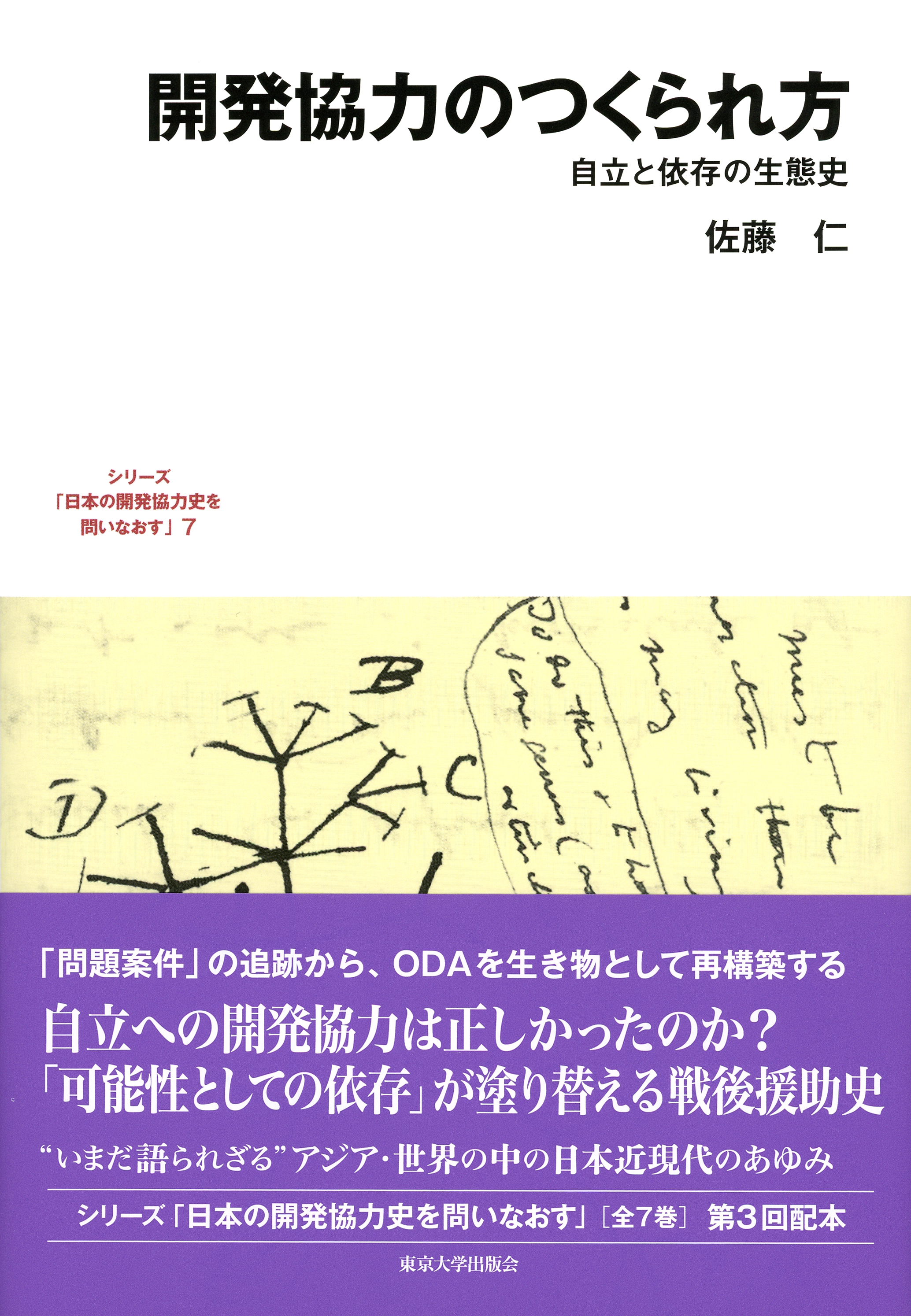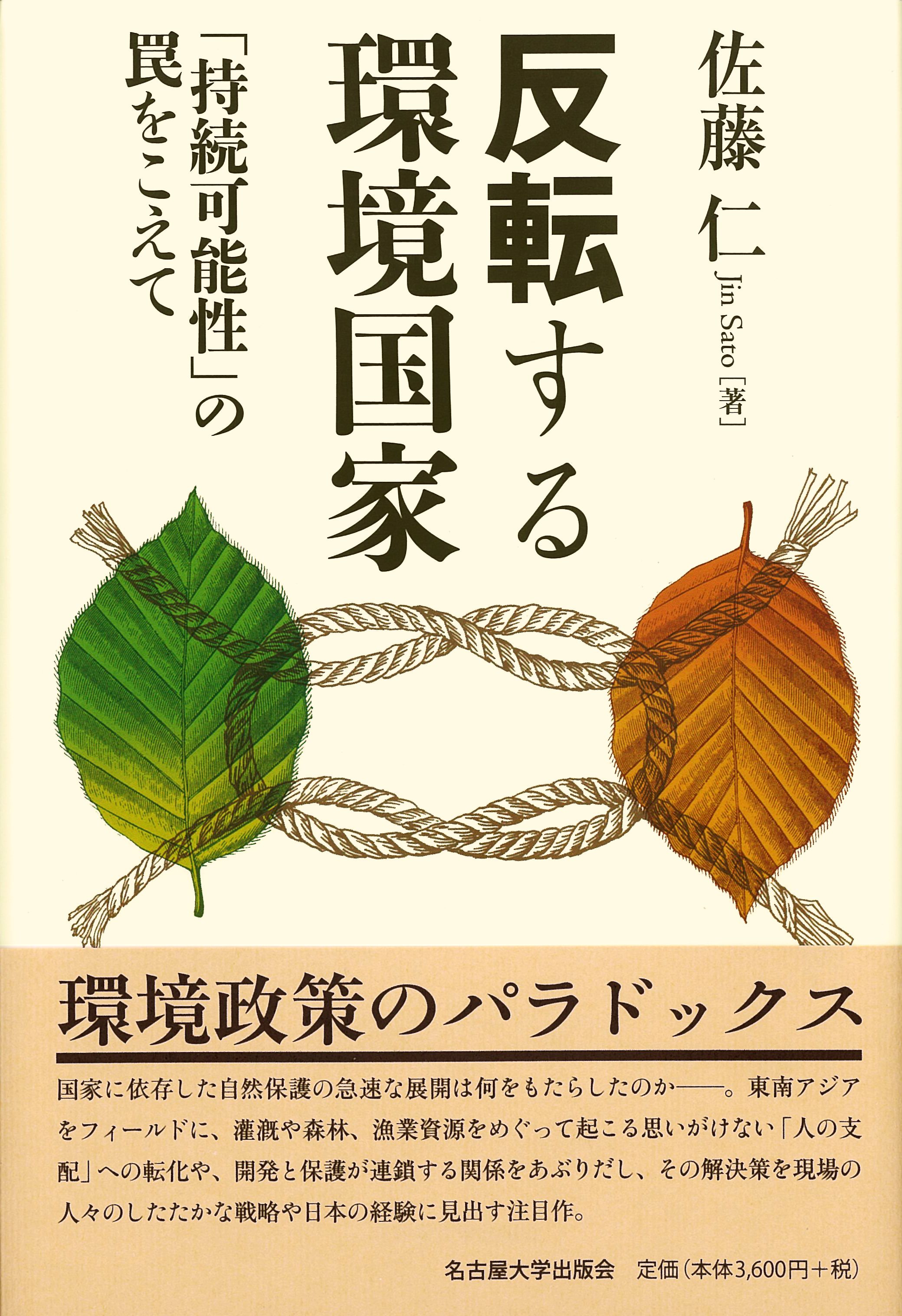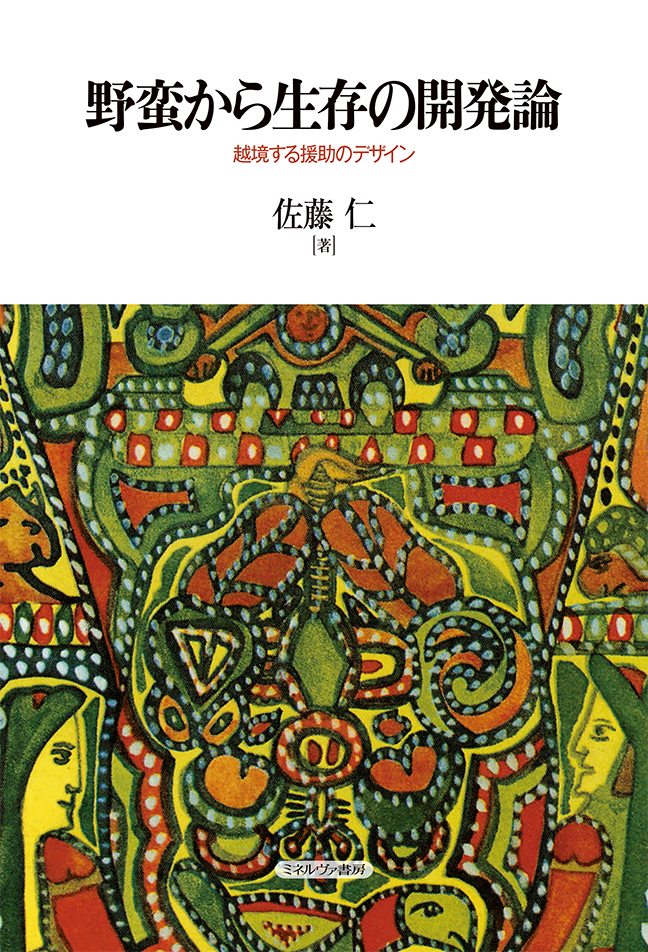
Title
Yaban kara Seizon no Kaihatsu ron (From Barbarians to Partners for Common Survival: Redesigning the Idea of Foreign Aid)
Size
344 pages, 127x188mm
Language
Japanese
Released
June 30, 2016
ISBN
978-4-623-07677-2
Published by
Minerva Shobo
Book Info
See Book Availability at Library
Japanese Page
What is “development”? This was the first academic question I contemplated when I was an undergraduate student at the University of Tokyo. My academic career in the past 20 years has been about finding ways to respond to this question from various angles such as economic, political, cultural, and historical viewpoints. This particular book is a collection of my thoughts on the history, contemporary ramifications, and future of development, as well as how we should approach the subject.
The countries now labelled as “developing” or “Global South” are the ones that used to be characterized as barbaric from the perspective of Western, industrial countries or the North. The Northern countries tried to “develop” the South with tools such as foreign aid. However, this one-way interaction has been challenged by the rise of Southern donors such as China. The arbitrary division of North and South no longer holds. Poverty, threats to peace, natural disaster, and climate change are just a few examples of global issues that transcend the old divide, and Southern countries are expected, more than ever, to contribute to their resolution.
The central question now is common survival, not how the North should help the South. We are in the age of developing a meaningful model for interdependence. My book looks into the historical and contemporary background to the role of aid in such a changing environment.
This book offers three scholarly contributions to development studies. First, it proposes the novel approach of advancing the field of development studies in its totality. The field of development has been segmented into specialized areas such as health, education, agriculture, economic planning, etc. This has prevented students in this field from having a concise, overall grasp of the general landscape of aid and development.
Second, this book offers perspective on development from an academic viewpoint without subjugating the line of argument to “usefulness.” The field of development tends to be dominated by policy makers and economists with “applied mindsets.” In contrast, this book outlines the field as an interesting area of investigation regardless of the policy implications.
Finally, the book takes a closer look at Japan’s postwar development process and questions the meaning of development in this context. Why did Japan bother to aid countries in Southeast Asia on the top of paying mandatory reparations immediately after the war defeat? Japan was the first non-Western country that transformed itself from aid recipient to aid donor. While development experts tend to set aside their own cultural and historical backgrounds, this book focuses explicitly on Japanese aid in attempting to bridge historical data and contemporary policy thinking.
Most importantly, the book tries to present the field of development as an intellectually rewarding topic for students. I sincerely hope that this publication will contribute to enhancing the quality of discussion on international development, a field in which talented young minds are essential to tackling our planet’s most pressing issues.
(Written by SATO Jin, Professor, Institute for Advanced Studies on Asia / 2017)
Related Info
Okita Memorial Prize for International Development Research (Foundation for Advanced Studies on International Development, 2017)
http://www.fasid.or.jp/e_activities/6_index_detail.shtml
UTOKYO VOICES 012 (March 6, 2018)
The Possibilities of Resources | Jin Sato, Professor of Institute for Advanced Studies on Asia
https://www.u-tokyo.ac.jp/en/whyutokyo/voices012.html



 Find a book
Find a book


